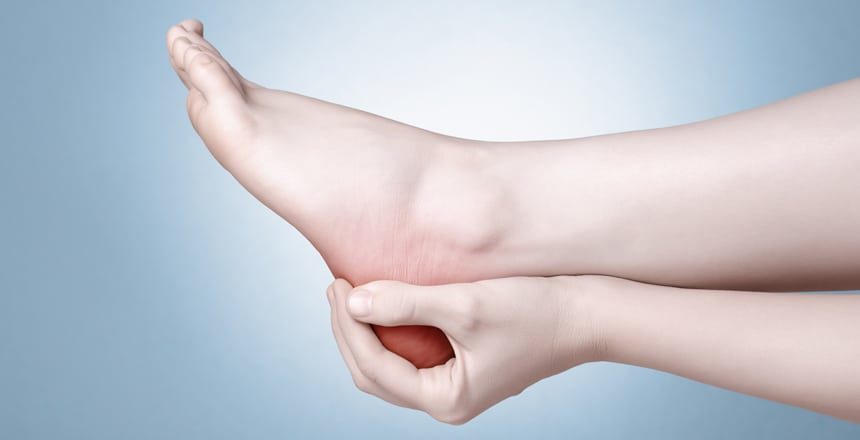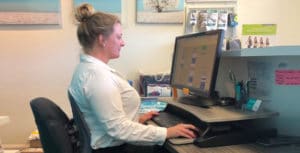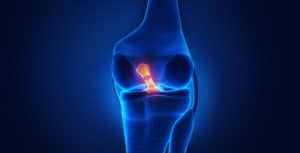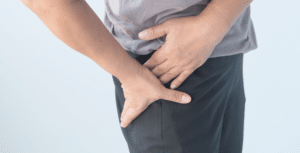Growing pains are common, particularly in active children and adolescents. As the name suggests, growing pains mainly occur during periods of rapid growth and/or just after a growth spurt. After a growth spurt there is a discrepancy in the relative increase in the length of the bone versus the length of the muscle. Rapid growth combined with a physically active lifestyle means that the muscles and tendons are continuously under tension. This causes the muscles and tendons to traction at the attachment site, adjacent to the growth plate, causing pain, micro-trauma and inflammation.
In chronic cases of growing pains the apophysis (a natural bony protuberance for the attachment of muscles) can become enlarged. The most common sites of growing pains are the tibial tuberosity (Osgood SchlatterDisease) and the calcaneal tuberosity (Sever’s Disease).
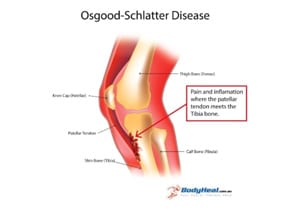
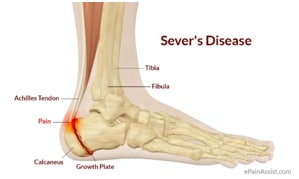
The main signs and symptoms of growing pains are:
- Pain at one of the above sites
- Pain worse with activity and better with rest
- Occurrence just after a period of growth
- Tight quadriceps and/or tight calves
- Involvement in sports that include running and jumping
Treatment should follow a thorough assessment from your physiotherapist to determine the correct diagnosis. Treatment often includes:
- Massage and other manual therapy techniques to release tight muscles (quadriceps or calves)
- Relative rest from sports
- Dynamic taping to offload muscles
- Stretches for the quadriceps and/or calves and any other tight muscles
- Ice if symptoms are chronic
In a nutshell growing pains are associated with overuse of the tendon attachment and are closely associated with activity in childhood or adolescence. Symptoms will usually resolve with treatment but can recur for 1-2 years before complete resolution at skeletal maturity.

